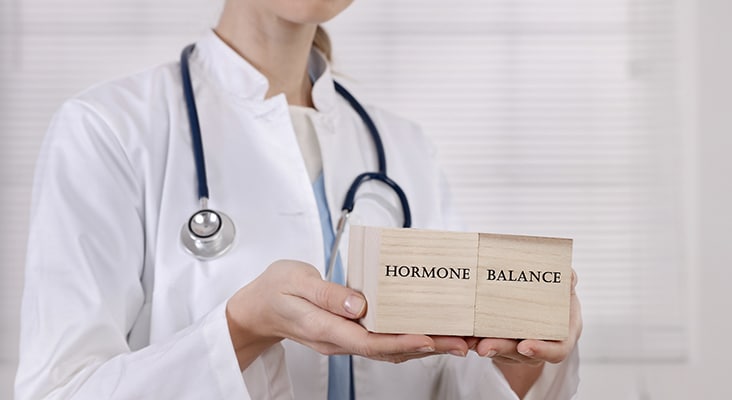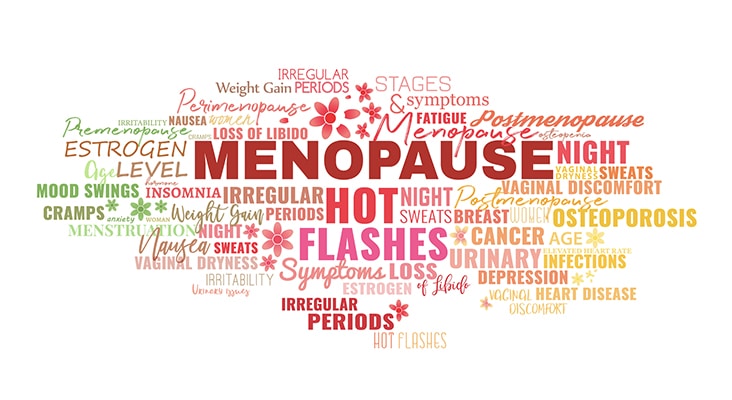Support Oral Health in Menopausal Women
With nearly 3,000 women reaching menopausal age each day in the United States and living 25 years to 30 years beyond its onset, dental hygienists are poised to provide comprehensive care to women before, during, and after menopause. However, lack of knowledge about oral manifestations in menopause may hinder the ability to do so. Compiling comprehensive patient assessments facilitates the development of a care plan tailored to the patient’s needs and promotes collaborative care with health care providers. Management of menopausal oral manifestations includes routine oral hygiene, modifiable risk counseling, treatment specific to presenting conditions, and collaboration with the patient’s physician to provide medical care and rule out any underlying factors.
Menopause is composed of four stages: premenopause, perimenopause, menopause, and post-menopause.
 yacobchuk / iStock / Getty Images Plus
yacobchuk / iStock / Getty Images Plus
Two main sex hormones play a role in oral manifestation of menopause: estrogen and progesterone.
 ChesiireCat / iStock / Getty Images Plus
ChesiireCat / iStock / Getty Images Plus
Research shows what percentage of women with systemic symptoms of menopause simultaneously experience oral manifestations?
 absolutimages / iStock / Getty Images Plus
absolutimages / iStock / Getty Images Plus
Oral changes associated with menopause may include xerostomia, periodontitis, osteoporosis, oral mucosal disorders, and trigeminal neuralgia.
 newannyart / iStock / Getty Images Plus
newannyart / iStock / Getty Images Plus
Health history questions for menopausal patients should focus on determining the patient’s menopausal status, symptoms, and medication history.
 newannyart / iStock / Getty Images Plus
newannyart / iStock / Getty Images Plus
Menopausal hormone therapy (MHT), which supplements estrogen and progesterone during menopause, and healthy lifestyle changes may increase the risk for systemic and oral conditions.
 MJ_Prototype / iStock / Getty Images Plus
MJ_Prototype / iStock / Getty Images Plus
The American Congress of Obstetricians and Gynecologists recommends the use of testosterone, progesterone alone, compounded bioidentical hormones, phytoestrogens, or herbal supplements.
 Devonyu / iStock / Getty Images Plus
Devonyu / iStock / Getty Images Plus
Share your Results:

